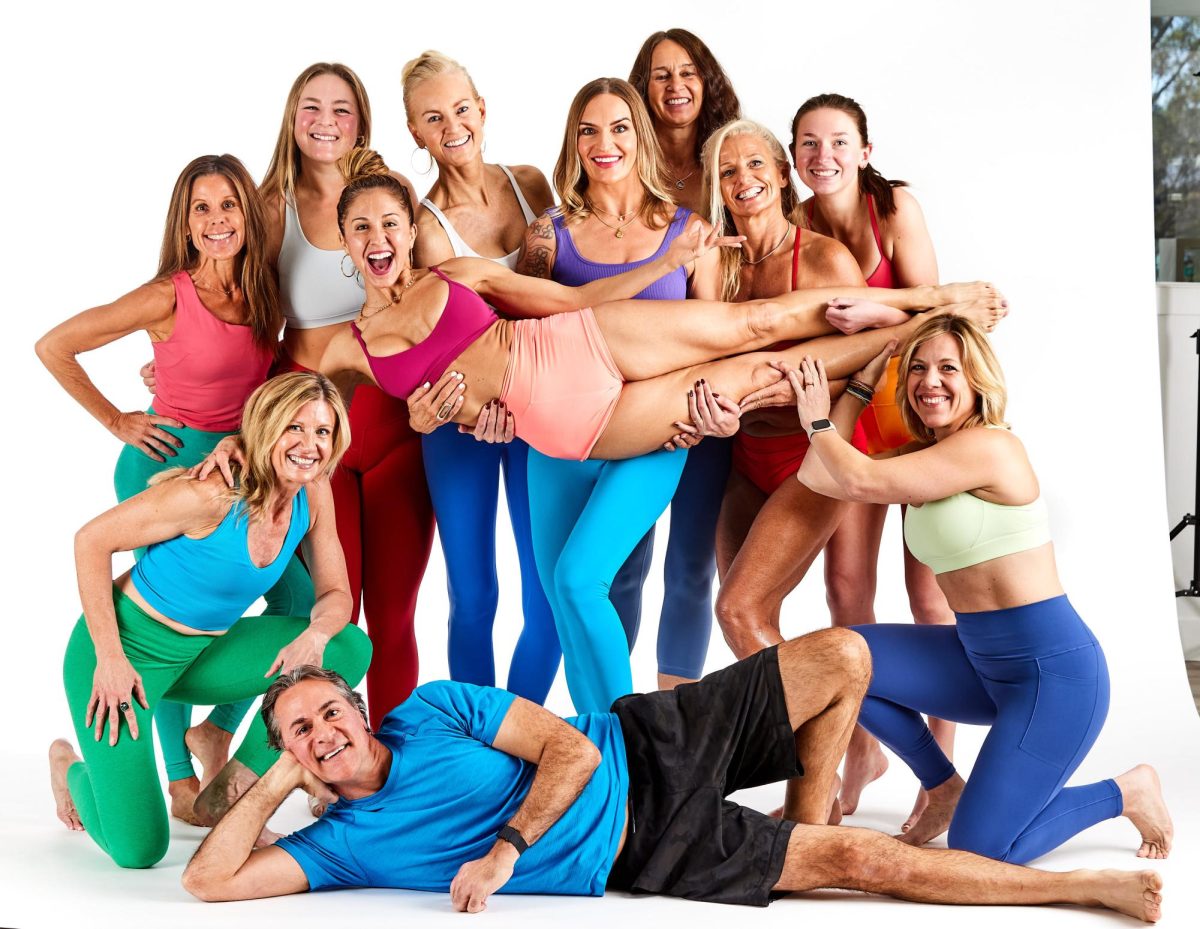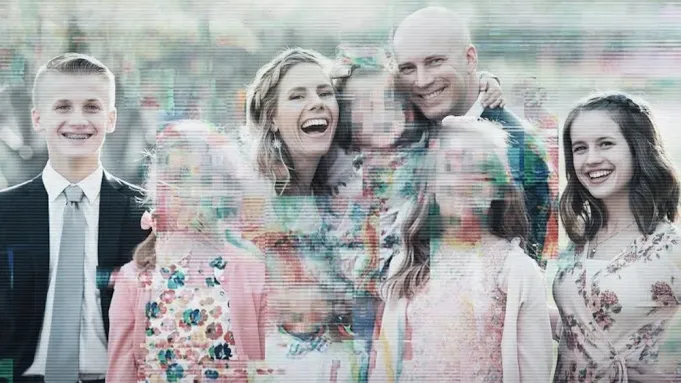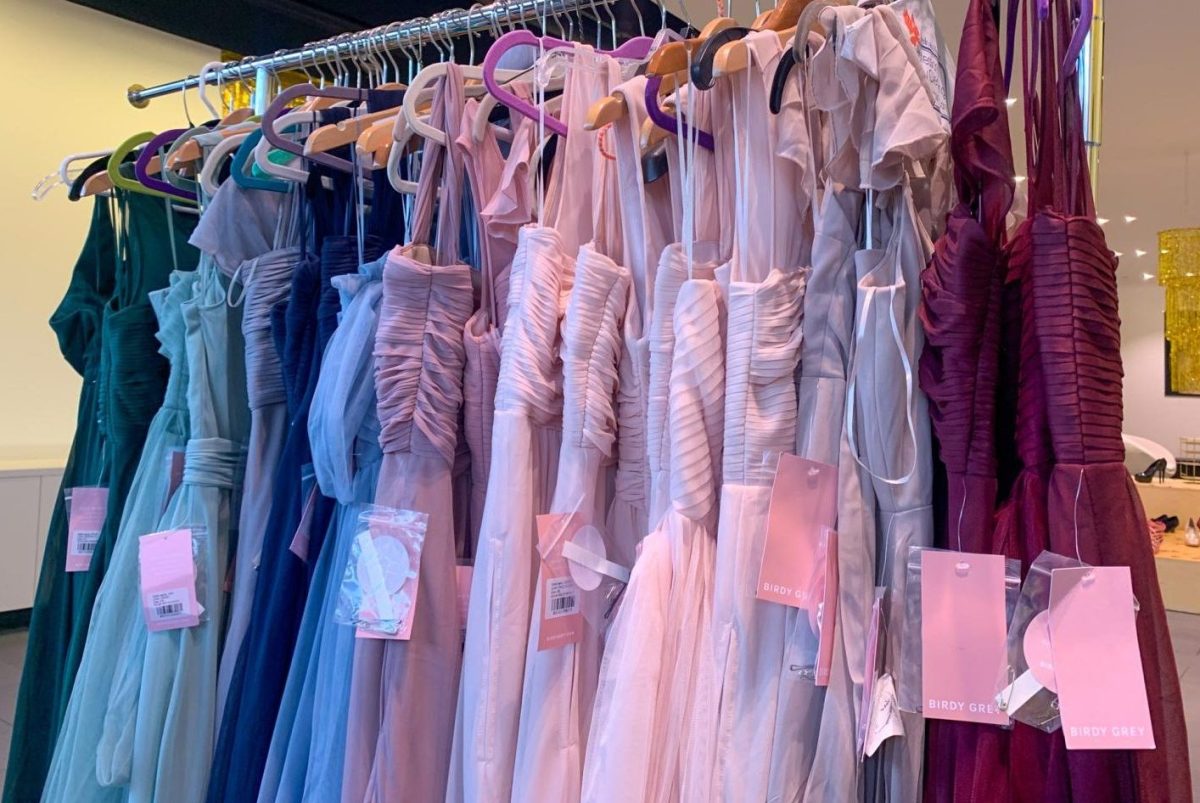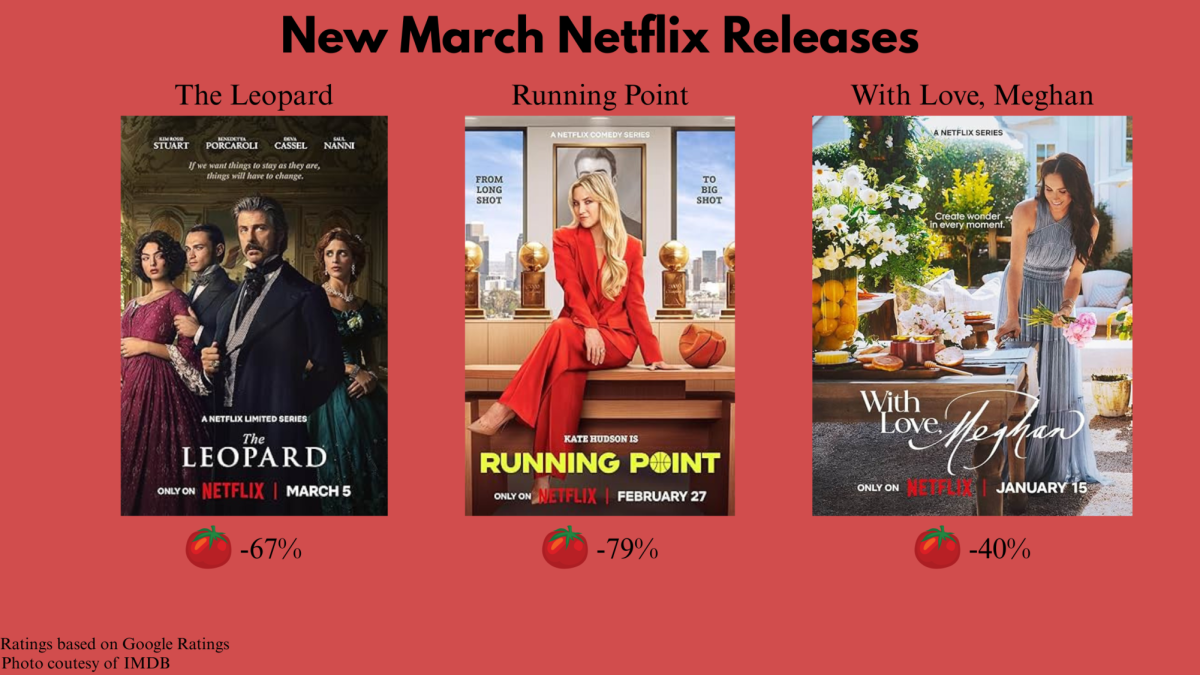Directors Betsy West and Julie Cohen’s 2018 biographical documentary,“RBG,” opens with lively Mozart music playing over various photographs of Washington D.C. The upbeat music is juxtaposed with extremely harsh quotes from unnamed congressmen. These various criticisms are evidently directed at Supreme Court Justice Ruth Bader Ginsburg (RBG), who despite having not been mentioned yet, has already made her presence loud and clear. The almost playful music behind the harsh criticisms symbolizes Ginsburg’s lifelong struggle to challenge countless men and their opinions on gender roles and equality. The comical tone of the music, in essence, says, “Your words mean nothing to RBG.”
Abruptly, the music stops. The silence is filled with Ginsburg’s reserved yet deliberate voice quoting Sarah Grimke, “I ask no favor for my sex, all I ask of our brethren is that they take our feet off our necks.” The blast of a trumpet is followed by an exciting jazz band chorus, announcing the start of the movie.

I couldn’t help but smile. In the first minute of “RBG,” the entire premise of the documentary is set up; Ginsburg was a woman who defied enormous odds by successfully fighting for equal representation under U.S law for women, all while facing relentless sexism from her colleagues. She was ‘The Notorious RBG.’
Two years after the release of “RBG” and its subsequent Oscar nomination and British Academy Film Award (BAFTA) for best documentary, its impact is even more profound given the recent death of Ginsburg on Sept. 18, 2020.
In one hour and 38 minutes of runtime, “RBG” takes the audience through Ginsburg’s entire personal and professional life, while using a great deal of footage from interviews and seminars in 2017.
The audience first sees Ginsburg as a 60-year-old, introducing herself to the senate committee during her Supreme Court confirmation hearing. Ginsburg’s brief description of her childhood during this hearing is overlapped with photos of her as a young student. The scene then shifts to Ginsburg as an 84-year-old, as she reminisces about her upbringing with her granddaughter.
This type of transition–from court cases to childhood footage to present day interviews–forms the basis of the movie’s structure. These seamless transitions enhance its quality, allowing the audience to watch how Ginsburg’s youth and legal battles influenced her personality and decisions while on the Supreme Court.
By the mid 1950’s Ginsburg had finished top of her class at Cornell University and Harvard Law School, and subsequently worked to establish equal representation under the law for women during her early legal battles. She won one such case, Frontiero v Richardson (1970), which resolved that military benefits must be given to all U.S. service members, regardless of sex.
By using audio footage from Frontiero v Richardson (1970), the documentary demonstrated how talented a debater Ginsburg was, as she explained to the male members of court what it was like to be treated as a second class citizen–a woman. Ginsburg later said how she often felt like a Kindergarten teacher in court because the male judges were oblivious to the amount of sex discrimination she endured throughout her career.
Even in her interviews from 2017, Ginsburg’s ability to address questions deliberately, eloquently and intelligently shows her wisdom for law interpretation and rhetoric. The directors emphasized her most powerful quotes by displaying them across the screen in bold, white font, making them more memorable.
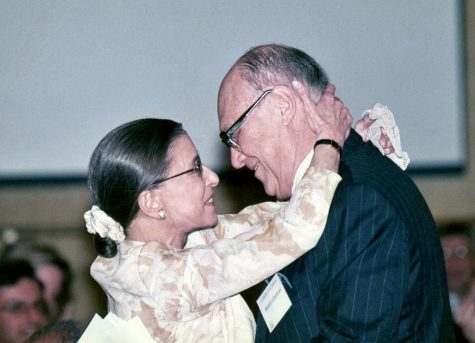
Apart from her professional career, the movie also included a tremendous amount of footage showcasing her personal life. From her 22 hour workdays and tri-weekly workouts, to her 50+ year marriage with her husband Marty Ginsburg, the documentary revealed to the audience Ginsburg’s unmatched work ethic and extraordinary relationships. This also humanized Ginsburg; she wasn’t only defined by her work on the Supreme Court, but also as an American Citizen with experiences and interests outside her role in government.
These personal insights were frequent, and though the amount of time designated to her personal life was surprising, it was beneficial to the documentary because it showed another side to Ginsburg; her witty comebacks and lack of culinary skills were apparent personality traits.
More significantly, the directors focused the last third of the movie on how her work has made her a pop culture icon and, to many people, a hero. Ginsburg’s countless dissents and work on the Supreme Court in the 21st century have garnered her fame among young Americans for her relentless defense of equal rights for all genders and races. Her distinguished legacy will not be forgotten.

